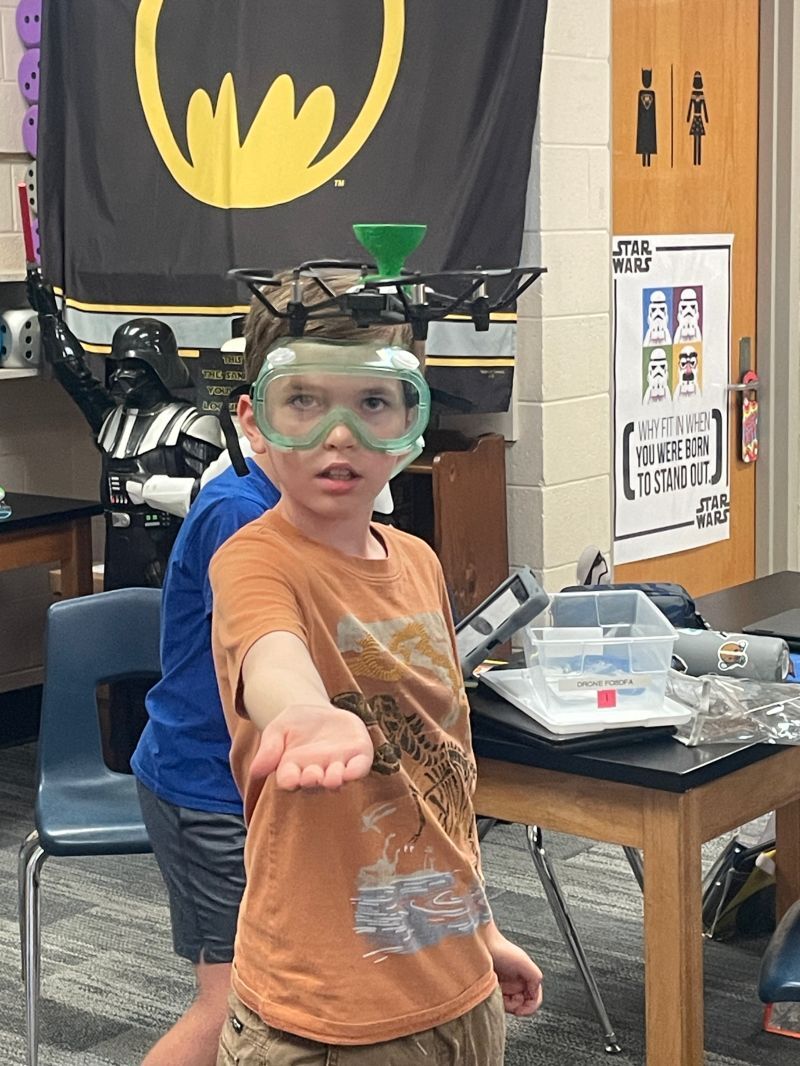Wouldn’t it be convenient if there were affordable, data-rich tools that could improve our lands, seas, and skies? There are. They’re called drones. And you already know we’re fans.
If you care about the environment, read on to learn how drones can help humanity resolve environmental issues, learn more about where we live, and better understand how our actions impact the earth.
Drones and Environmental Research
The ways in which environmental researchers collect valuable data are no longer limited to expensive manned aircraft, outdated satellites, or heavy-duty land surveying supplies. Drones enter the picture to offer innovative solutions to all three and more.
Instead of putting people and the earth’s atmosphere at greater risk, drones provide easier, alternative methods for conducting research. Drones for environmental monitoring safely track potentially deadly disaster areas and collect important climate data in even the harshest conditions.
With the ability to program, schedule, and launch drones to and from precise flight paths, environmental researchers gain access to consistent, localized data. Big-name companies like Google, Amazon, and AECOM already use drones widely for research and development. From wildlife and pollution to modern medicine and farming, drones break through barriers to truly help earth researchers everywhere.
Drones are Saving Lives and the Planet
Environmental drones aren’t all about data collection and surveillance from the sky (although those are big and necessary parts of it). These unmanned aerial vehicles (UAVs) also interact with professionals on the ground, deliver essential items to remote areas, and rescue endangered species from harm’s way.
Let’s look at some real-life examples of drones that are doing good things for the earth.
Drones and Conservation Efforts
One Colorado conservation program has been using drones since 2015 for a variety of environmental projects. One team used drones to direct and monitor prescribed burns for forest management. Video drones recorded before and after results of controlled fires, using 3D imaging to estimate ideal locations for future fire hazard reduction.
Drones are commonly used to keep track of endangered wildlife. Being so discreet and maneuverable, animals remain undisturbed while conservationists obtain critical information to relieve extreme stress in the wild.
Another example includes the tracking of endangered olive ridley sea turtles. Video and GPS drones locate female turtles as they return to the shoe to lay eggs. With environmental drone tech, conservationists survey how many eggs she lays, then maintain protection protocols to ensure higher rates of hatchling survival.
For land wildlife, drones strapped with infrared cameras and image mapping technology can gather detailed information on a local species. Drones help researchers observe grazing patterns, behavior, and mating success. This type of data helps conservation communities, policymakers, and environmentalists make informed decisions moving forward.
Drones and Environmental Work
Sometimes, environmental work requires collaboration from the science lab. One interesting example is the effort to strategically combat mosquito-borne diseases like dengue fever and the Zika virus. First, drones survey high-risk areas like Fiji and Africa, where floods and still water attracts hordes of mosquitoes that spread harmful disease.
In the lab, scientists treat mosquitos with a special Wolbachia bacteria, which decreases the transmission of disease between mosquitos. Drones are then sent to release populations of treated mosquitoes in affected areas. Wolbachia bacteria gets passed to new larvae and eventually quells disease-carrying mosquitoes, lessening infections in humans.
Drones and Farming
The use of drones in agriculture is relevant in locations all around the world. From commercial farms to smallholder farmers in rural areas, environmental drone technology helps feed the population.
Aerial seeding initiatives use drones to restore crop fields, rainforests, and reforested land. Drones are programmed to scatter high-density seed balls across hundreds of acres of land— all in merely a few minutes.
Agricultural drones play a huge role in today’s crop preservation and pest management, as well. Drones can be programmed to spray affected crop areas with pesticides, saving farmers from handling harmful chemicals.
Spot-watering is also widely used in agriculture. Drones monitor croplands from above, using heat mapping sensors to dictate which crop areas may need more water than others. This conserves water, saves sensitive crops from drought, and gives important insights to farmers when planning future grow seasons..
Drones and Climate Change
From the desert to the arctic, drones monitor climate changes over short and long distances. Drone data collection is a lot more accurate than traditional satellite or remote sensing methods, helping climate scientists effectively respond to emergent data.
Environment detection technology drones are used to clear pollution and clean the air. Global companies can use drones as an alternative to larger, fuel-powered aircraft, ultimately reducing carbon emissions year after year.
Since climate change has impacted many species that ensure crop production, such as bees, drones offer a way to keep up with demand using artificial alternatives. “Microrobots,” and RoboBees are used in situations where bee populations are dwindling, ensuring crop pollination succeeds without interrupting other insects.
Drones, the Environment, and the Future
How can we further combine drone technology and environmental innovation to create a better future for humans and the planet? It starts with awareness and builds momentum through education.
One of the biggest responsibilities we face today is leaving future generations with better conditions than we had. But with so many environmental changes happening now, the ongoing effort isn’t going away.
Kids today have more potential than ever to discover and support ways to improve the earth heading into the future. Drones aren’t only a powerful tool for environmental impact. Drones are also a tool for educating kids on crucial skills needed for the future.
To join the growing community of drone education enthusiasts, get in touch with Drone Legends today.




